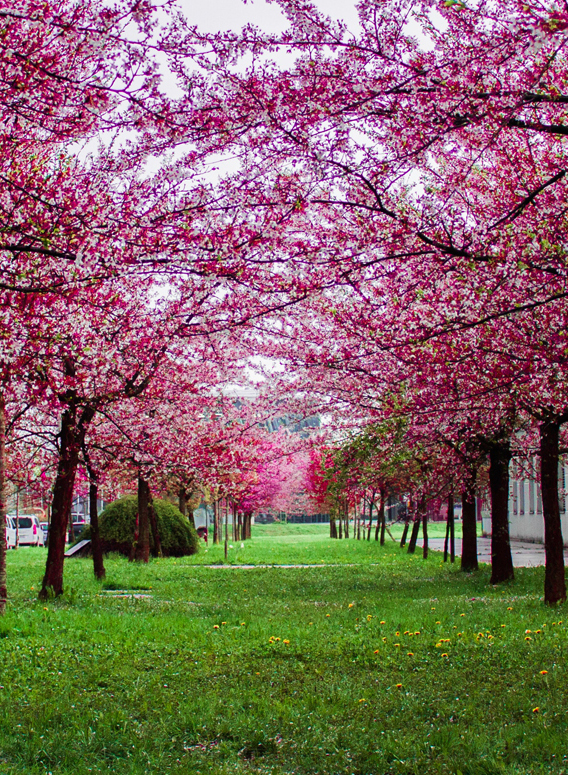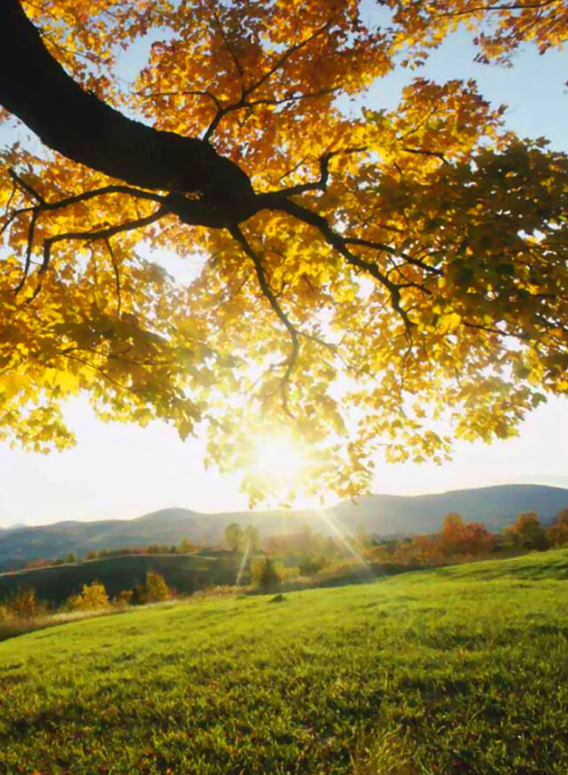Seasonal Care in Ayurved: A Guide to Thriving Through the Six Seasons
Ayurved, the ancient system of medicine, emphasizes living in harmony with nature and adjusting our lifestyle to align with the changing seasons. According to Ayurvedic tradition, there are six distinct seasons, each affecting the body’s doshas—Vata, Pitta, and Kapha—in unique ways. Understanding these shifts helps maintain balance, prevent diseases, and promote well-being throughout the year.

Shishir Ritu (Late Winter)
Duration : December to February
Key Dosha : Vata & Kapha
Characteristics : The air becomes cold and dry with reduced humidity, leading to dryness in the skin and an increase in Vata-related imbalances.
Dosha Imbalance (Dosh Dushti) :
Vata : Increases dryness, roughness, and coldness.
Kapha : Aggravates due to cold and damp conditions, causing lethargy and congestion.
Common Diseases in Shishir :
Joint pain (Vata imbalance)
Respiratory issues (Kapha imbalance)
Dry skin and brittle hair
Constipation or irregular digestion
Seasonal Care Tips :
Diet : Focus on warm, nourishing foods like soups, stews, and root vegetables. Avoid raw or cold foods.
Herbs : Ashwagandha, ginger, and turmeric.
Lifestyle : Warm oil massages (Abhyanga), herbal baths, and staying hydrated to combat dryness.
Panchakarma Treatments :
Abhyanga (oil massage)
Basti (medicated enema)
Vasant Ritu (Spring)
Duration : March to May
Key Dosha : Kapha
Characteristics : Spring brings warmth and humidity, melting the chill of winter. This excess moisture leads to the aggravation of Kapha dosha, associated with heaviness and moisture.
Dosha Imbalance (Dosh Dushti):
Kapha : Excess moisture, heaviness, and congestion.
Vata : May become aggravated with fluctuating temperatures.
Common Diseases in Vasant:
Allergies (pollen and dust)
Cold and cough
Congestion and sinus issues
Digestive sluggishness
Seasonal Care Tips :
Diet : Opt for light, warm, and dry foods to balance the excess moisture. Avoid heavy, oily foods.
Herbs : Use tulsi, ginger, and honey for sinus support and digestion.
Lifestyle : Engage in light exercise, detoxifying practices, and herbal teas.
Panchakarma Treatments :
Vaman (therapeutic vomiting)
Nasya (nasal therapy)
Abhyanga (oil massage)
Udvartan (herbal powder massage)


Greeshma Ritu (Summer)
Duration : June to August
Key Dosha : Pitta
Characteristics : The intense heat of summer increases Pitta dosha, associated with heat, intensity, and sharpness. This season is characterized by high temperatures, direct sun exposure, and potential dehydration.
Dosha Imbalance (Dosh Dushti):
Pitta : Excessive heat causing irritability, acidity, and inflammation.
Vata : Increases due to dehydration and dryness.
Common Diseases in Greeshma :
Heatstroke and dehydration
Skin rashes, acne
Digestive disorders (acid reflux, indigestion)
Sunburns and inflammation
Seasonal Care Tips :
Diet : Choose cooling, hydrating foods like cucumbers, melons, and coconut water. Avoid spicy, fried, and heavy foods.
Herbs : Aloe vera, mint, and sandalwood for cooling effects.
Lifestyle : Stay cool, hydrated, and practice cooling breathwork (e.g., Sheetali Pranayama).
Panchakarma Treatments :
Shital Upchar (cooling therapies)
Shirodhara (oil pouring on forehead)
Abhyanga (oil massage)
Varsha Ritu (Monsoon)
Duration : September to November
Key Dosha : Pitta & Kapha
Characteristics : The monsoon season is marked by high humidity, rain, and fluctuating temperatures. The heavy, damp conditions aggravate Pitta (due to humidity) and Kapha (due to increased moisture).
Dosha Imbalance (Dosh Dushti) :
Pitta : Excessive heat and humidity lead to irritation and inflammation.
Kapha : Excess moisture causes sluggishness, congestion, and mucus buildup.
Common Diseases in Varsha :
Respiratory issues (cough, cold, sinusitis)
Digestive problems (bloating, indigestion)
Skin infections or fungal conditions
Joint pain due to increased humidity
Seasonal Care Tips :
Diet : Light, easily digestible foods. Avoid cold, damp foods and prefer cooked vegetables and grains.
Herbs : Neem, turmeric, and tulsi for detox and reducing inflammation.
Lifestyle : Stay dry, avoid getting drenched in rain, and engage in light exercise.
Panchakarma Treatments :
Basti (medicated enema)
Abhyanga (oil massage)
Snehan Swedan (oil massage and sweating therapy)

Sharad Ritu (Autumn)
Duration : October to November
Key Dosha : Vata
Characteristics : The air becomes crisp and dry, leading to an increase in Vata dosha, which causes dryness and lightness in the body as it prepares for winter.
Dosha Imbalance (Dosh Dushti ) :
Vata : Dryness, roughness, and potential digestive disturbances.
Pitta : May still be slightly aggravated due to residual heat from summer.
Common Diseases in Sharad :
Skin dryness, cracks
Constipation or irregular bowel movements
Dry throat and respiratory issues
Seasonal Care Tips :
Diet : Focus on nourishing, hydrating foods like soups, stews, and cooked fruits. Avoid dry and light foods.
Herbs : Ghee, sesame oil, and licorice to soothe dryness.
Lifestyle : Practice daily Abhyanga (oil massage) and moisturize skin.
Panchakarma Treatments :
Raktmokshan (bloodletting therapy)
Virechan (therapeutic purgation)

Hemant Ritu (Pre-Winter)
Duration : December to January
Key Dosha : Vata & Kapha
Characteristics : The air becomes cool and dry as the transition to winter begins. Both Vata and Kapha doshas become aggravated, leading to coldness and moisture retention.
Dosha Imbalance (Dosh Dushti):
Vata : Dryness and coldness cause joint and muscle pain.
Kapha : Increased mucus production and sluggishness.
Common Diseases in Hemant:
Cough and cold
Respiratory infections
Joint pains or stiffness
Cold-related conditions (e.g., flu)
Seasonal Care Tips :
Diet : Include warming, grounding foods like oats, quinoa, and stews. Avoid raw or cold foods.
Herbs : Ginger, black pepper, and turmeric to maintain warmth and balance digestion.
Lifestyle : Gentle physical activity to improve circulation and prevent stiffness. Use warm oils for massage.
Panchakarma Treatments :
Snehan Swedan (oil massage and sweating therapy)
Basti (medicated enema)

General Ayurvedic Tips for All Seasons :
- Hydration : Drink plenty of water throughout the year, adjusting the temperature according to the season.
- Pranayama : Practice different types of breathwork to balance the doshas and enhance immunity.
- Self-care routines : Incorporate oil massages, meditation, and adequate rest into your daily routine to maintain harmony with the seasons.
By aligning your lifestyle, diet, and self-care practices with the changing seasons, you can maintain a balanced state, support your doshas, and reduce the risk of seasonal diseases. Ayurveda offers a holistic approach to health that helps you live in harmony with nature, ensuring you stay vibrant and healthy year-round
Feel Rejuvenated with Ayurvedic Treatments
Our Links
Dev Care
Contact Us
- B/2, Panchal Nagar CHS LTD., First Floor, Near KT Vision Theatre , Vasai West. 401202
- +91 727613355 / 727 6144666
- devayurvedhaealthcare@gmail.com
- Timing 10 am to 9 pm
© 2025 Dev Ayurveda • All Rights Reserved
Design & Developed by Smarphics Solutions
